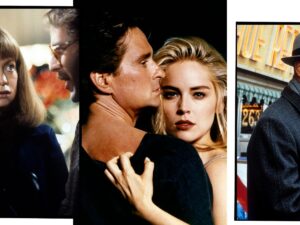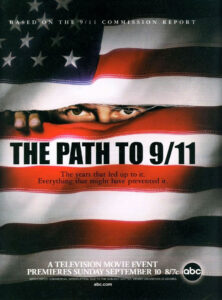
The “50 Shades of Grey” movies, based on the best-selling trilogy by E.L. James, took the world by storm when they hit the big screen. This series, blending romance and eroticism with a dash of drama, has sparked significant discussion and controversy since its inception. Here, we delve into the making, the plot, the reception, and the cultural impact of this sensational cinematic phenomenon.
The Genesis of “50 Shades”
Originally a piece of Twilight fan fiction titled “Master of the Universe,” E.L. James’s work transformed into the “50 Shades of Grey” trilogy. The books chronicle the relationship between Anastasia Steele, a naive college graduate, and Christian Grey, a young, wealthy businessman with a penchant for BDSM. The novels’ blend of romance and explicit content garnered a massive following, leading to their inevitable adaptation into films.
The Trilogy
1. 50 Shades of Grey (2015)
The first film introduces us to Anastasia Steele (Dakota Johnson) and Christian Grey (Jamie Dornan). Their relationship starts when Anastasia interviews Christian for her college newspaper. The film focuses on their growing attraction, Christian’s unconventional sexual preferences, and Anastasia’s struggle to understand and accept his world. Directed by Sam Taylor-Johnson, the movie was a commercial success despite mixed critical reviews.
2. 50 Shades Darker (2017)
The second installment, directed by James Foley, dives deeper into the couple’s complex relationship. After a brief separation, Christian and Anastasia reunite, but their happiness is threatened by figures from Christian’s past. The film continues to explore themes of trust, love, and personal demons. It was another box office hit, although it received generally unfavorable reviews from critics.
3. 50 Shades Freed (2018)
The final chapter, also directed by James Foley, sees Christian and Anastasia marrying and facing new challenges as a couple. Their relationship is tested by external threats and internal insecurities, ultimately leading to a climax that ties up their tumultuous love story. As with its predecessors, “50 Shades Freed” was a commercial success but did not fare well with critics.
Cast and Characters
- Dakota Johnson as Anastasia Steele: Dakota’s portrayal of Anastasia brings depth to a character navigating the complexities of a relationship with a man like Christian Grey.
- Jamie Dornan as Christian Grey: Jamie’s performance captures the enigmatic and often troubled nature of Christian, a man battling his past while trying to find solace in his relationship with Anastasia.
- Supporting Cast: The movies feature a strong supporting cast, including Eloise Mumford, Rita Ora, Luke Grimes, and Marcia Gay Harden, who add richness to the storylines.
Themes and Controversies
The “50 Shades” series is known for its explicit depiction of BDSM, which has sparked significant controversy. Critics have debated the portrayal of consensual vs. non-consensual elements, the representation of BDSM culture, and the dynamics of the central relationship. Some argue that the series glamorizes unhealthy relationship patterns, while others see it as an exploration of unconventional romance.
Despite the controversies, the films have sparked discussions about sexual taboos and brought BDSM into mainstream conversation, challenging societal norms and encouraging dialogue about sexual diversity and consent.
Cultural Impact
The “50 Shades” movies have undeniably left a mark on popular culture. They have inspired a wave of similar-themed books and movies, generated extensive media coverage, and sparked debates about sexuality and relationships. The films have also contributed to the normalization of conversations around sexual preferences and consent.
Conclusion
The “50 Shades of Grey” movies are a testament to the power of storytelling that pushes boundaries. While they have faced criticism for their portrayal of complex themes, they have also opened up important conversations and entertained millions worldwide. Love them or hate them, the “50 Shades” movies remain a significant cultural phenomenon in the landscape of modern cinema.





